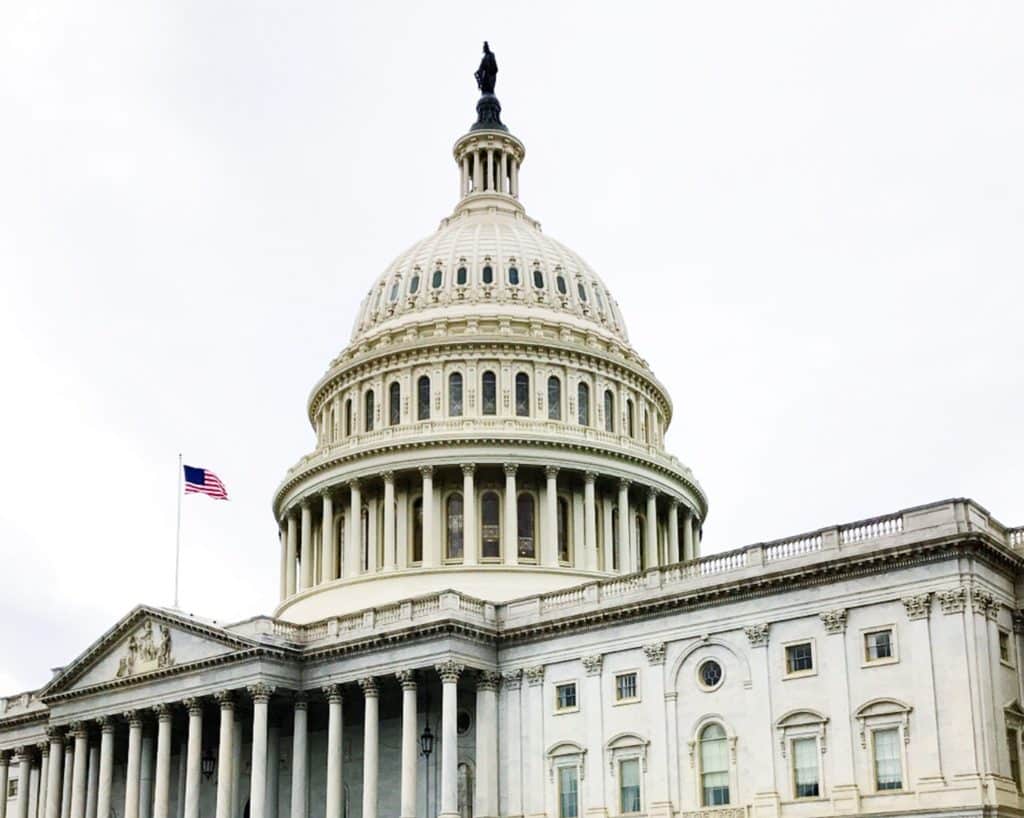A Critical Look at The US Artificial Intelligence Initiative Act
by Adrian Bowles
In May, US Senators Heinrich (D-NM), Portman (R-OH), and Schatz (D-HI) introduced a bill–S. 1558 The Artificial Intelligence Initiative Act–proposing a national strategy for AI with a $2.2 Billion investment over 10 years. The funds would be allocated for education, research and development, and to prepare the US workforce to work with AI.

Why did the US decide to allocate the majority of the funds to the Department of Energy?
Why, and why now? According to Portman “AI is rapidly becoming an intrinsic part of our economy and society. Right now, China is engaging in a full court press to unseat the United States’ dominance in AI. By coordinating and synchronizing our country’s research and development efforts, this bill ensures not just that the United States remains an AI leader, but that it does so by developing AI technology that prioritizes American values.”
This blog will take a critical look at this new Act and what it means for the future of AI in the US.
Competition for AI Dominance
I find It odd that China was mentioned explicitly while Russia was not. In September of 2017, Putin stated “Whoever leads in AI will rule the world” at the national Knowledge Day event in Russia, and continues to reinforce that message.
The Federal Government already invests in AI R&D through various agencies and this bill acknowledges that there are overlapping efforts that should be coordinated. It calls on the President to establish a National Artificial Intelligence Research and Development Initiative, which in turn will “establish objectives, priorities, and metrics for strategic plans…to accelerate development of science and technology applications for artificial intelligence in the United States.” The advisory board for the initiative will be made up of academics and industry professionals, with no more than half coming from industry.
With all the current activity AI activity within the US Department of Defense, including the US Army Futures Command recently established in Austin, TX, it was surprising that the only mention of “defense” in the Bill was the requirement that a new Interagency Committee, to be established or designated by the Director of Science and Technology Policy, would have a representative from the Department of Defense, and that an advisory board would include outsiders with defense and non-defense backgrounds.
Allocation of the Bill
The most surprising aspect of the bill —and one that concerns me greatly— is the way the proposed $2.2 Billion is to be allocated over 10 years.
The National Institute of Standards and Technology will be allocated $200 Million over the first five years while the National Science Foundation and Multi-Disciplinary Centers for Artificial Intelligence Research and Education are to receive $100 Million over the first five years.
The surprise is that $1.5 Billion ($300 Million per year for 2020-2024) is earmarked for the Department of Energy, whose Secretary will be authorized to award grants to fund up to 5 artificial intelligence research centers (through universities, relevant non-profits, state or local governments, or other specified entities).
I understand the significance of the Department of Energy, which controls 17 National Labs from Ames to Sandia, but directing 68% of the 10 year budget to be spent in the first five years by the Secretary of Energy is shocking. Nothing in Title IV of the Bill, which deals with the DOE allocation, explains the rationale for this decision. It would make much more sense for the Interagency Committee on Artificial Intelligence (to be established by the Director of the Office of Science and Technology Policy under this Bill) to make allocation recommendations periodically based on demonstrated needs and progress of entities bidding for funds.

Have a Comment on this?